- LASER HAIR REMOVAL TREATMENT
- UNDER EYE CARE
- KELOID TREATMENT
- PILONIDAL SINUS
- PICO CARE TREATMENT
- BOTOX FOR MIGRAINE
- CHEMICAL PEEL
- VENUS TREATMENT
- VAMPIRE TREATMENT
- HAIR REMOVAL
- HYDRAFACIAL KERAVIVE
- SCAR REMOVAL
- HYDRAFACIAL DANDRUFF TREATMENT
- MORPHEUS8
- PHOTO FACIAL
- PLATELET RICH PLASMA THERAPY
- FAT REMOVAL
- COOLSCULPTING
- EYEBROW MICROBLADING
- SCULPSURE
- ULTRAFORMER III
- LOW LEVEL LASER THERAPY (LLLT)
- HAIR REGROWTH TREATMENT
- HYDRAFACIAL
- CM SLIM
- NON-SURGICAL FACELIFT
- BREAST LIFT
- HIPEX CHAIR
- PICO MLA TONING
- GLUTATHIONE
- BUTTOCK AUGMENTATION
- SILK PEEL DERMAL INFUSION
- NAEVUS OF OTA / PATCHY NAEVUS
- DYSPORT TREATMENT
- MELASMA TREATMENT
- PINK AESTROGEN PEEL
- DERMAL FILLERS
- DERMAL THREADLIFT
- PICOCARE MAJESTY
- SOLAR LENTIGINES
- FAIRNESS TREATMENT
- BENIGN SKIN GROWTH
- COSMELAN TREATMENT
- RADIANCE FACIAL
- AGE RELATED SKIN PROBLEMS
- DERMABRASION
- SILK PEEL DERMAL INFUSION
- MESOTHERAPY
- COLLAGEN INDUCTION THERAPY
- VIRAL SKIN LESIONS
- FOTONA LASER MICROPEEL
- WRINKLE REDUCTION
- COSMETIC SKIN CONCERNS
- BRIDAL PACKAGE
- Tattoo Removal
- GROOMS PACKAGE
- PICO TONING
CONTACT US
- +91 91544 97790
- 2557, Block G, Sushant Lok 2, Sector 57, Gurugram
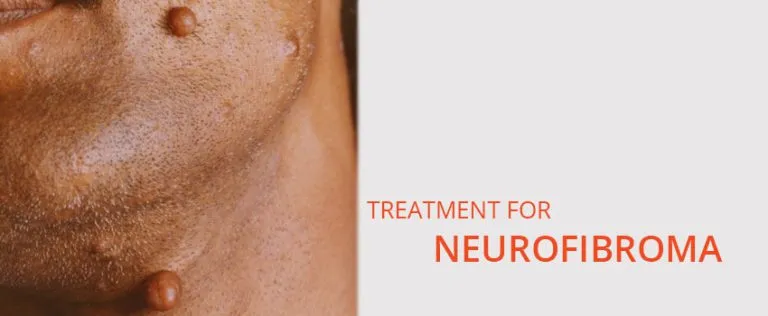
Neurofibroma
Cutaneous neurofibromas are also called discrete or dermal neurofibromas. These tumors grow from small nerves in the skin or just under the skin and appear as small bumps typically beginning around the time of puberty. Cutaneous neurofibromas rarely cause medical problems but may itch or be tender when bumped. It is important to note that these tumors remain benign throughout life and do not become malignant cancers. Despite their benign nature, they may cause significant cosmetic problems and occasionally may require removal. These lesions can be removed by single or multiple sitting using Co2 laser.
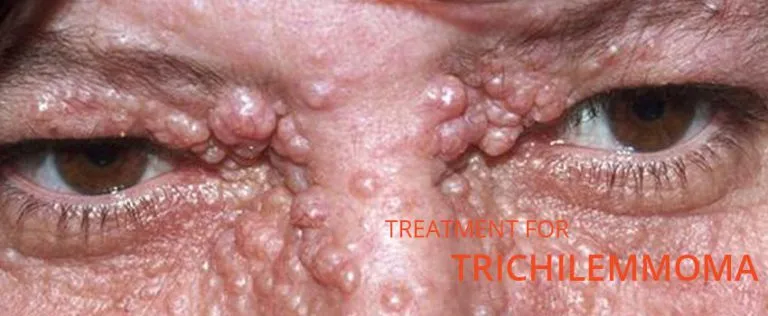
Trichilemmoma
Trichilemmoma is a benign cutaneous neoplasm that shows differentiation toward cells of theouter root sheath. They may appear as a solitary or multiple lesions, and are usually found on the head and face. These lesions can be removed using Co2 laser in a single sitting.
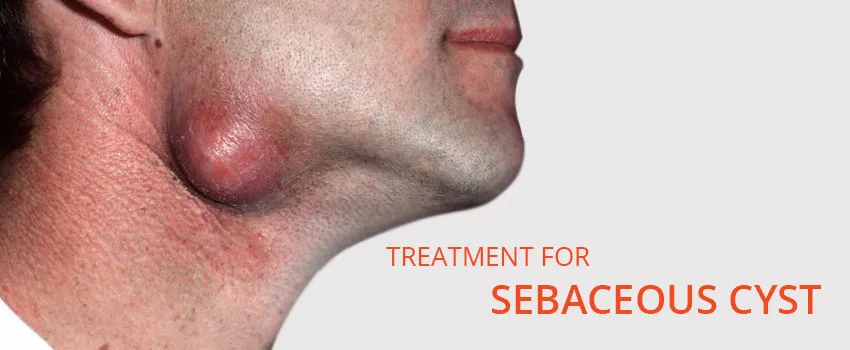
Sebaceous cyst
A sebaceous cyst is a closed sac under the skin filled with a cheese-like or oily material. Sebaceous cysts most often arise from swollen hair follicles. Skin trauma can also cause a cyst to form. A sac of cells is created into which a protein called keratin is secreted. These can be removed through a micro punch hole using Co2 laser and evacuation of sebum and sac in a single session.
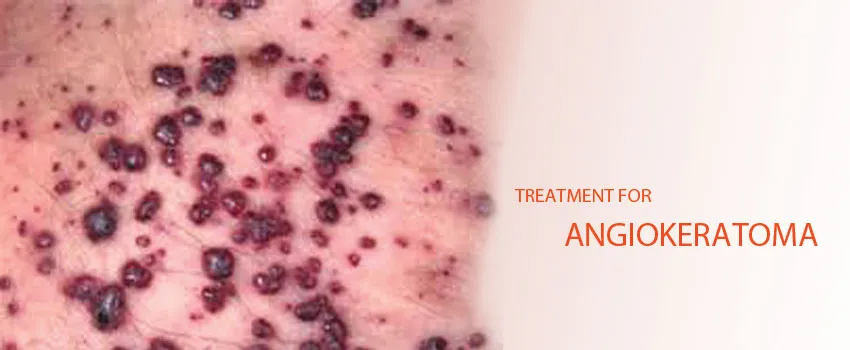
Angiokeratoma
Angiokeratoma is a benign cutaneous lesion of capillaries, resulting in small marks of red to blue color and characterized by hyperkeratosis. These lesions can effectively treated by long pulsed Nd YAG laser machine.
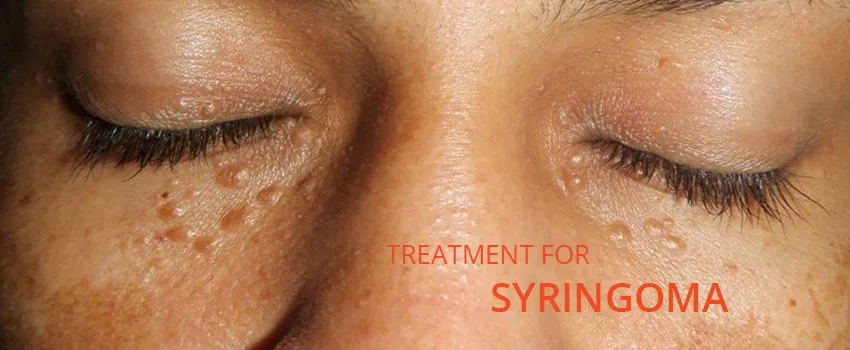
Syringoma
Syringomas are benign tumors of eccrine origin commonly found around (usually below) the eyes . Eccrine simply means sweat glands and the sweat glands around the eyes are the common sites of transformation into syringoma. These can be removed by co2 laser in a single or multiple sitting.

Capillary haemangioma
A capillary hemangioma (“strawberry” birthmark) is a benign (non-cancerous) tumor consisting of an abnormal overgrowth of tiny blood vessels. Capillary hemangiomasmay not be present at birth, but appear within the first 6 months of life. They usually begin to decrease in size between 12 and 15 months of age. Some are gone by the age of 2, about 60% by 5 years, and 90–95% by 9 years. These lesions can treat by long pulsed Nd YAG laser with multiple sitting

